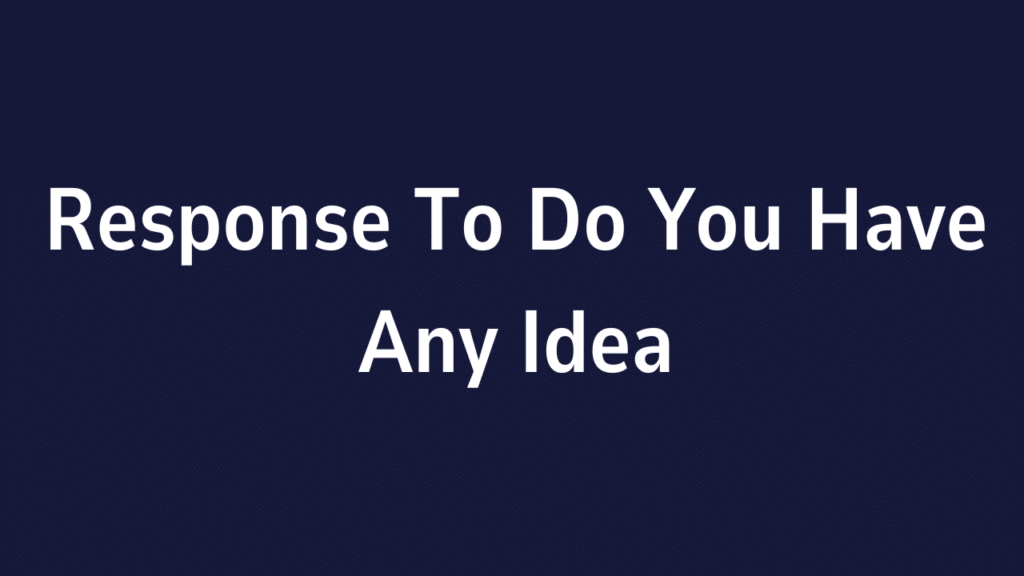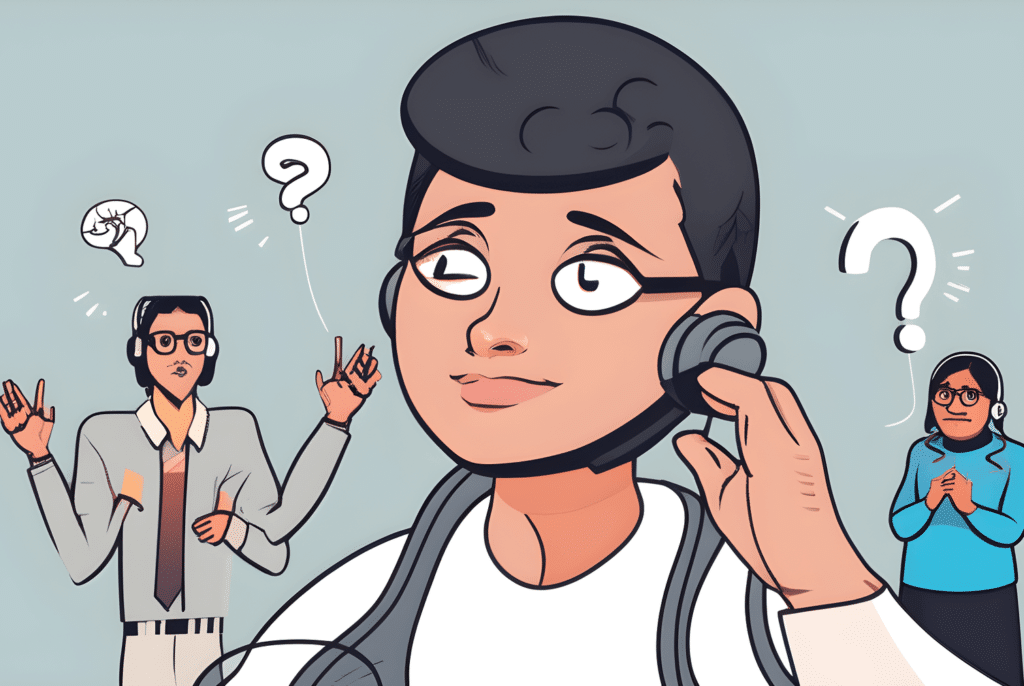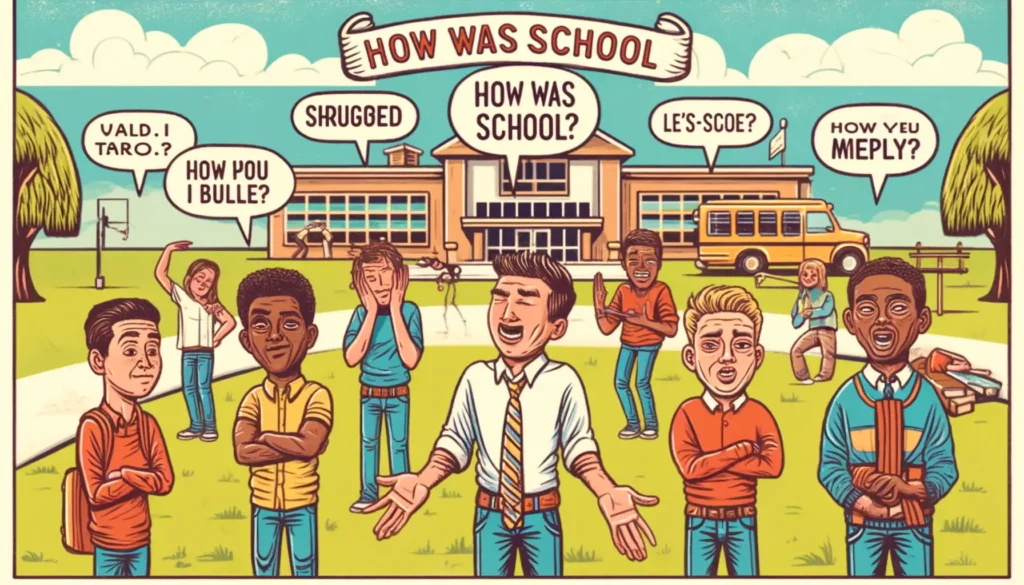Do you have any idea?” is a common question that can arise in many situations—whether in casual conversation, at work, or during more serious discussions. The way you respond to this question can make a big difference in the flow of the conversation and the impression you leave on the person asking. Your response may be straightforward, funny, or thoughtful, depending on the context.
In this blog post, we will explore different scenarios in which you might be asked, “Do you have any idea?” and provide examples of how you can respond. We’ll also cover how to handle the question with clarity, humor, and professionalism, depending on the situation.
1. Why Do People Ask “Do You Have Any Idea?”
Before we dive into responses, it’s essential to understand why someone might ask, “Do you have any idea?” This will help you tailor your answer to the situation.
- Seeking Information: Most often, people ask this question when they need information that you may have. It’s a way of prompting you for your knowledge on a particular topic.
- Clarification: The question could be asked when someone isn’t sure of something and is looking for your insight to clarify a situation.
- Problem-Solving: Sometimes, “Do you have any idea?” is an inquiry into possible solutions to a problem, and they’re hoping you can help.
- Casual Conversation: In a more relaxed context, someone might ask this question just to get a conversation going, especially if they are curious about your thoughts on a particular subject.
Understanding the intent behind the question can help you decide the best way to respond.
2. How to Respond to “Do You Have Any Idea?”
Your response will depend on the situation and how much you know about the topic at hand. Below are examples of responses for different contexts.
2.1 When You Know the Answer
If you do have an idea or knowledge about the subject, you can respond confidently. Here are some ways to do so:
- “Yes, I think it’s because [insert explanation].”
- This straightforward response shows you have knowledge and are ready to provide an explanation.
- “I believe it’s because [insert reason]. Does that sound right?”
- This response is slightly more conversational, allowing you to offer your opinion while inviting further discussion.
- “Yes, I’ve been looking into it. Here’s what I found…”
- This response works well if you’ve done some research or have been thinking about the topic already.
- “I have a couple of ideas! First, [insert idea]. Second, [insert second idea].”
- If you have multiple answers or suggestions, presenting them in a clear list can make your response more structured.
- “Actually, yes! Here’s what I think…”
- This is a confident, engaging way to let the person know you have an answer.
When you know the answer, the key is to be clear and concise while providing enough information to satisfy the person’s curiosity.
2.2 When You Don’t Know the Answer
It’s okay to admit that you don’t have an answer! Honesty is important, and here are some ways to respond when you don’t know:
- “I’m not sure, but I can look it up for you!”
- This shows that you don’t have the answer, but you’re willing to find it out or do further research.
- “I don’t know, but that’s a great question. Let me check with someone who might know.”
- This is a helpful way to redirect the question to someone who might have the answer.
- “Honestly, I’m not sure, but I think it’s something like [insert guess].”
- If you’re unsure but have an idea, it’s okay to offer your best guess while being transparent about your uncertainty.
- “I have no idea, but I’d love to hear your thoughts.”
- Sometimes it’s better to invite the other person to share their perspective or solution.
- “I’m not sure right now, but I can get back to you with an answer.”
- This shows that you’re willing to follow up and get back to them with more information.
It’s perfectly fine to admit when you don’t know something. People usually appreciate your honesty and willingness to find a solution.
2.3 When You Want to Respond with Humor
If the situation allows for some lightheartedness, you can respond humorously to lighten the mood. Here are a few funny ways to answer:
- “I have an idea, but it might be as helpful as a screen door on a submarine.”
- A humorous way to admit that your idea might not be the best solution.
- “I have an idea, but it involves a lot of duct tape and possibly some magic.”
- This response is playful and acknowledges that your idea may not be entirely practical.
- “I’ve got a couple of ideas, but they’re all a little out there. Do you want to hear them?”
- This approach lets the person know you’re thinking creatively, even if it’s not a traditional answer.
- “I have an idea, but it’s probably not what you’re looking for. Should I go ahead anyway?”
- A funny way to provide a response while acknowledging that it may not be the most conventional solution.
- “Sure, I have a fantastic idea… but I’m saving it for a rainy day.”
- A humorous way to keep the conversation light while avoiding the actual question for a bit.
Humor is a great tool to use when you want to deflect or just keep the conversation from getting too serious. Just make sure the context is right for this kind of response.
2.4 When You Want to Buy Time to Think
Sometimes, you might need a few moments to gather your thoughts or come up with an answer. Here’s how to respond when you need time:
- “Hmm, let me think about that for a second.”
- A simple and honest response to give yourself a little more time.
- “That’s a tough one. I’ll need a minute to process.”
- This response shows that you need a moment to consider the best answer.
- “That’s a great question. I’ll need to gather my thoughts before answering.”
- This response allows you to buy some time and think about the question before responding.
- “Let me take a moment to think through it, I want to give you a thoughtful answer.”
- This shows that you’re taking the time to come up with a thoughtful response.
- “I’ll need to consult my brain for this one. It might take a minute.”
- A playful way to let the person know you need time without making it sound like a problem.
Buying yourself time is perfectly fine, especially when the question requires a more thoughtful or complex answer.
2.5 When You Want to Redirect the Question
Sometimes, you might not have the answer but still want to keep the conversation going in a productive way. Here’s how to redirect the question:
- “I don’t have an idea, but what do you think?”
- This shifts the focus to the other person, inviting their input on the matter.
- “I’m not sure, but have you tried looking at it from this angle?”
- This shows that you may not have the answer, but you’re still offering a useful perspective.
- “I don’t know, but let’s brainstorm together!”
- This turns the question into a team effort and engages the person in a collaborative way.
- “I’m not sure, but we can figure it out. Any thoughts on where to start?”
- Redirecting the question can lead to a more constructive conversation where both of you can contribute ideas.
- “I’m not sure yet, but I think we could approach it like this… What do you think?”
- This shifts the conversation to a joint problem-solving effort.
Redirecting the question can be a useful strategy, especially when you want to involve others in the process or move the conversation forward.
3. Table: Different Responses to “Do You Have Any Idea?”
| Context | Response |
|---|---|
| You Know the Answer | “Yes, I think it’s because [insert explanation].” |
| You Don’t Know the Answer | “I’m not sure, but I can look it up for you!” |
| You Want to Respond with Humor | “I have an idea, but it involves a lot of duct tape and possibly some magic.” |
| You Need Time to Think | “Hmm, let me think about that for a second.” |
| You Want to Redirect | “I’m not sure, but what do you think?” |
4. Conclusion
When someone asks, “Do you have any idea?” your response will depend on the situation, your knowledge, and the tone of the conversation. Whether you know the answer, need time to think, or want to inject humor into the situation, you have many options for responding thoughtfully and engagingly.
Remember that how you respond can shape the course of the conversation. By being honest, clear, and sometimes funny, you can create an open and enjoyable exchange that leaves both you and the other person feeling



